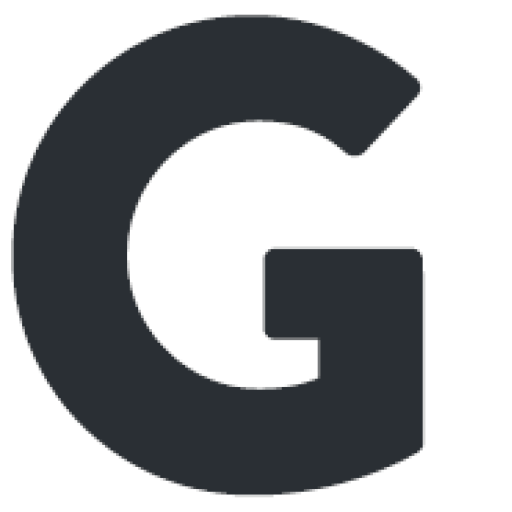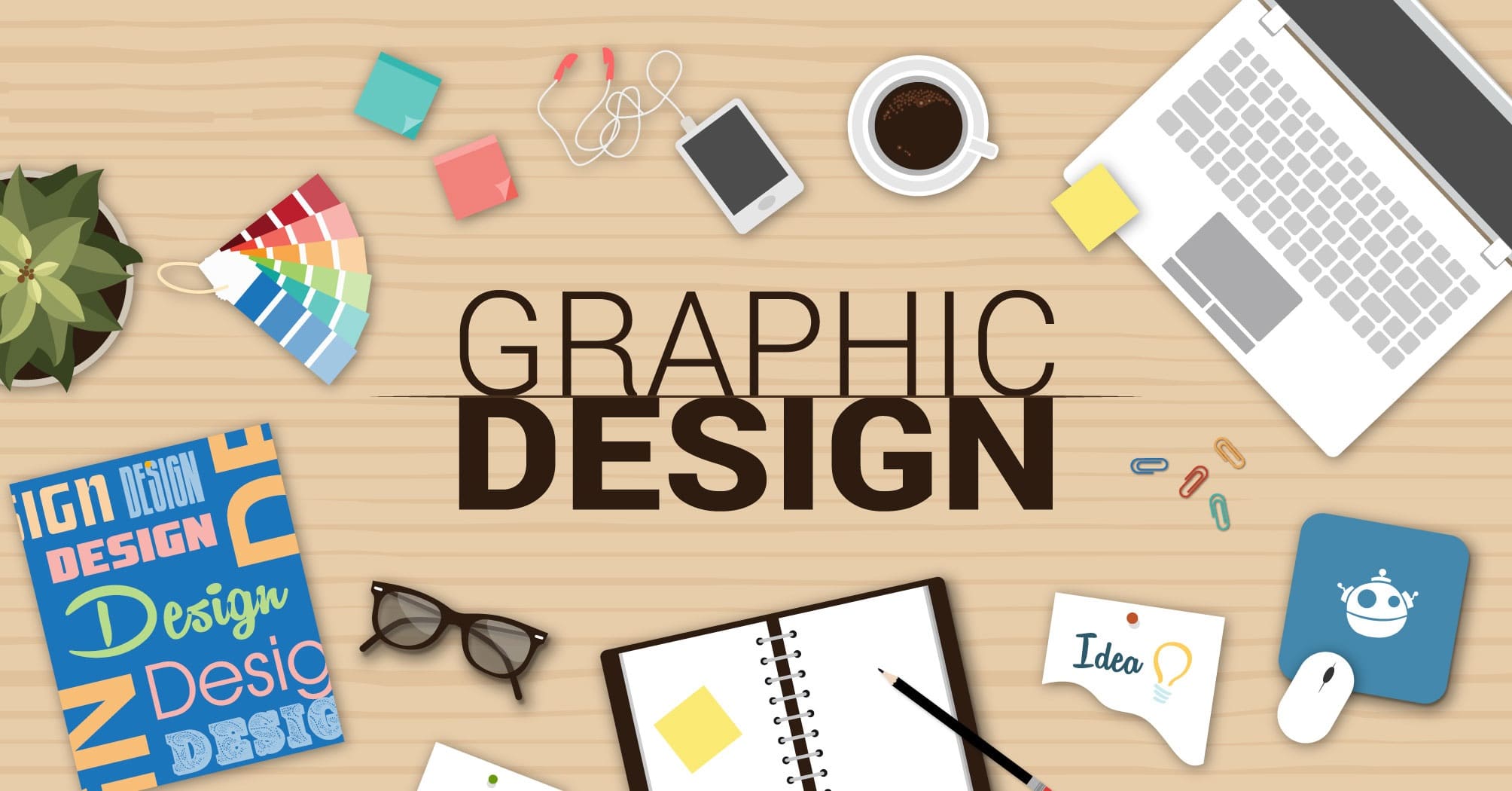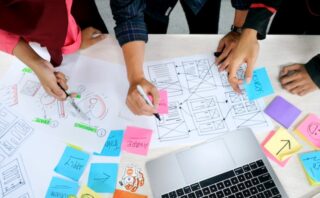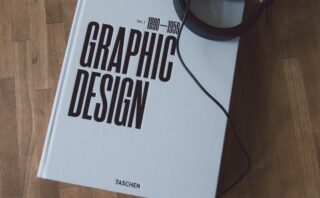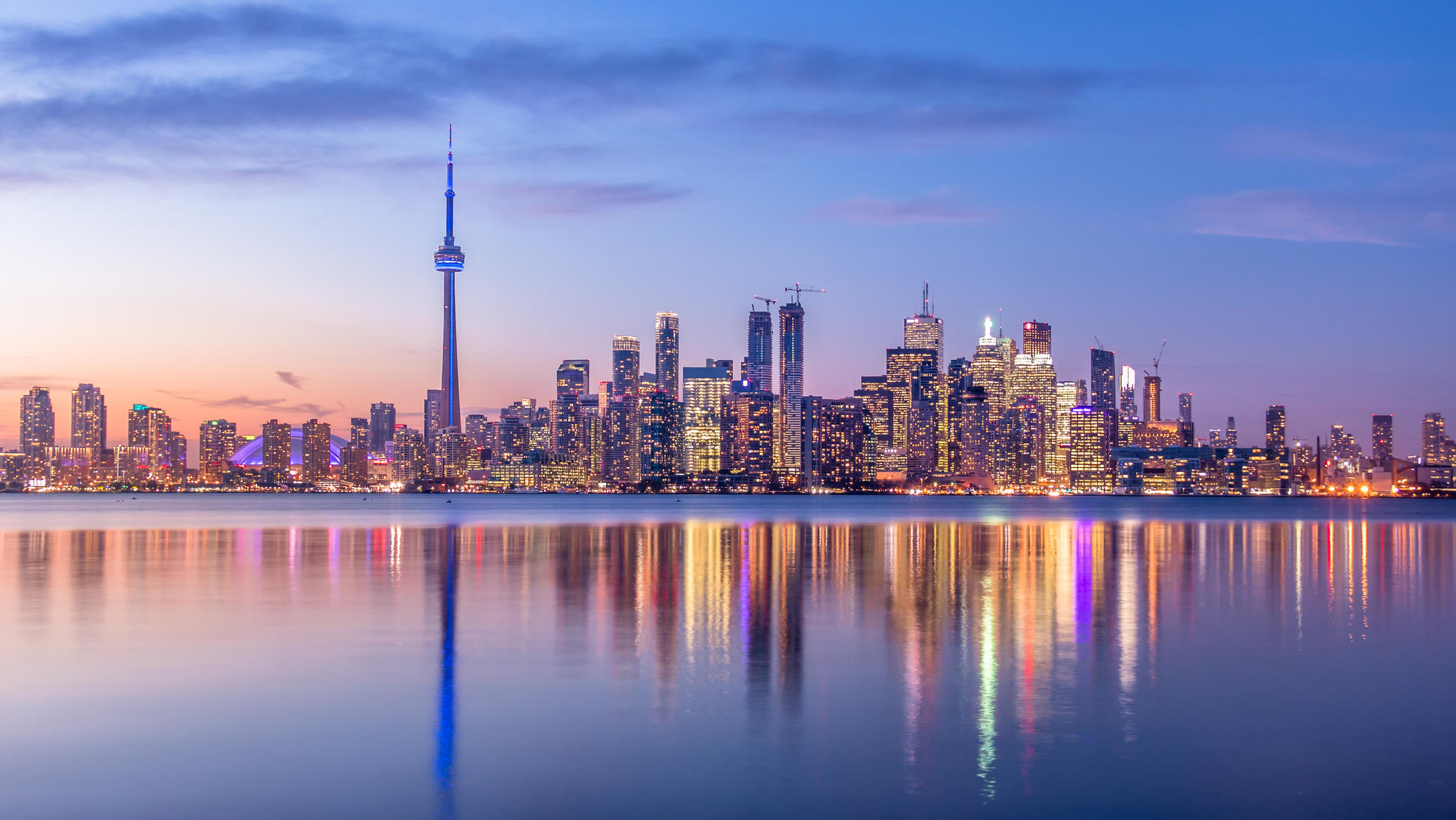Graphic design is a means of visual communication. To put it simply – it is the expression of ideas, meanings and values through images, images, fonts, videos, etc.
Types of graphic design
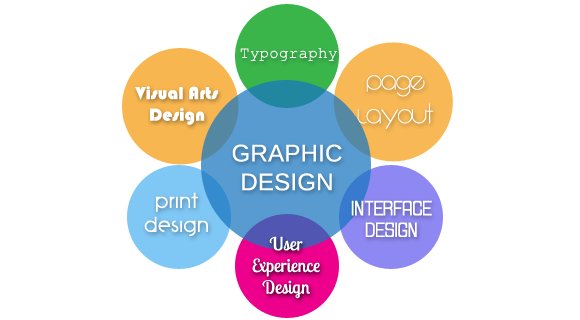
Graphic design addresses many different challenges through colors, shapes, images, compositions, and typography. It is impossible to solve any problems with one method or tool, therefore there are several types of graphic design. Usually designers specialize in one type, but today you need to be flexible and delve into all branches of the sphere.
Graphic design in visual brand identity
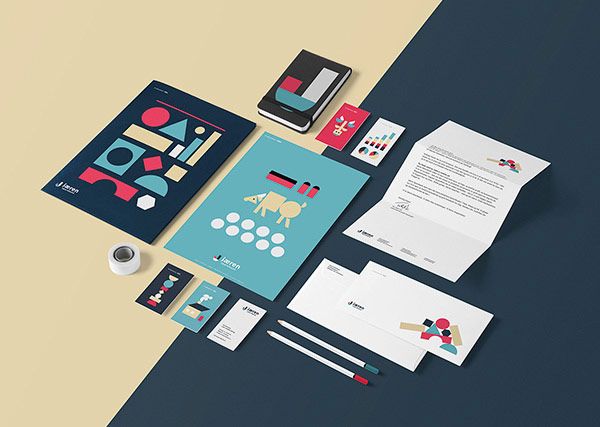
Designers involved in such projects work with logos, typography, image library, color scheme, business cards, corporate letterheads and other brand visuals.
To keep the branding theme alive, designers develop style guides. With their help, all products and visual representations of the brand maintain the unity of style, while maintaining the basic concept.
This is a complex industry that requires extensive knowledge. The designer must solve problems with any media of visual information: advertising, packaging, information materials. Each stage of visual identity development can contain dozens and hundreds of design tasks.
Advertising graphics
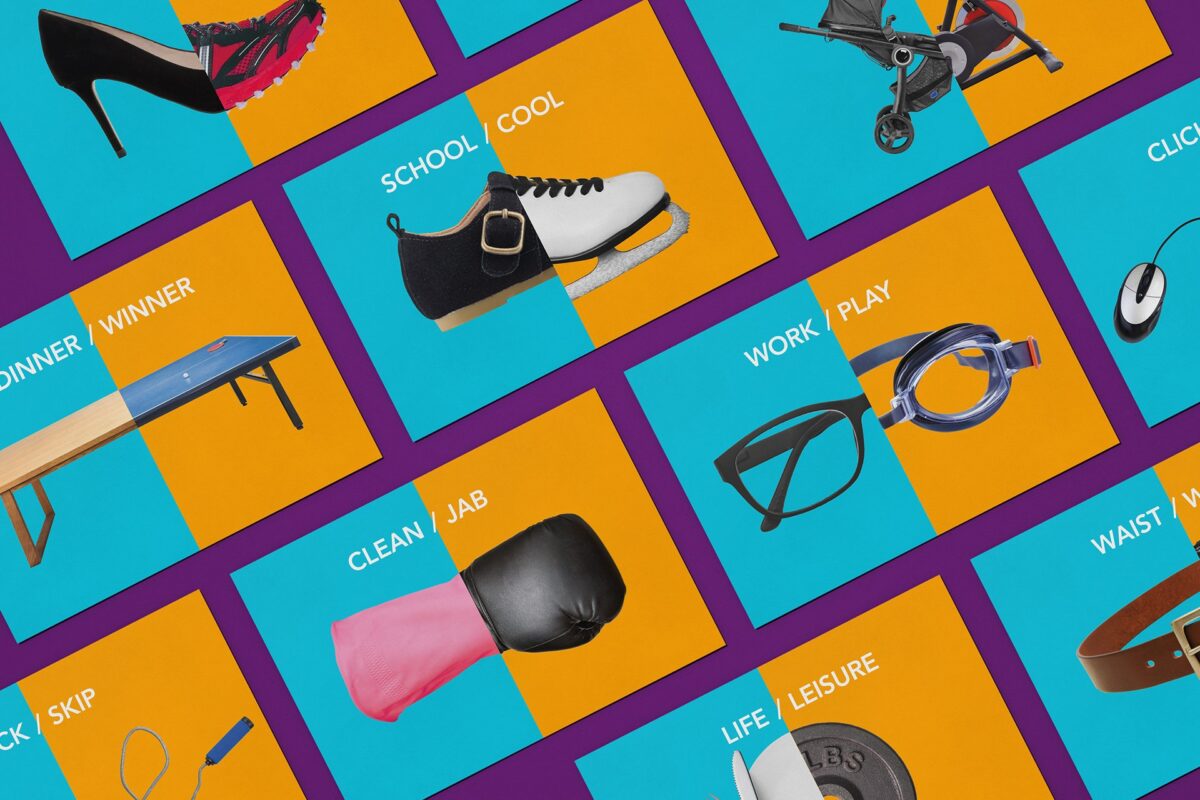
Marketing activities encourage the audience to make the right decision. Effective marketing is based on the wants and needs of the audience. This is a way of communicating with her that has direct benefits, such as increasing sales. Because visual content is more engaging to the viewer, graphic design can help solve communication marketing challenges and create impactful, engaging ads.
A marketing designer must have good communication skills and analytical thinking. The work will require experience in different applications and editors. The designer creates products for print and digital media.
User interface (UI) graphic design
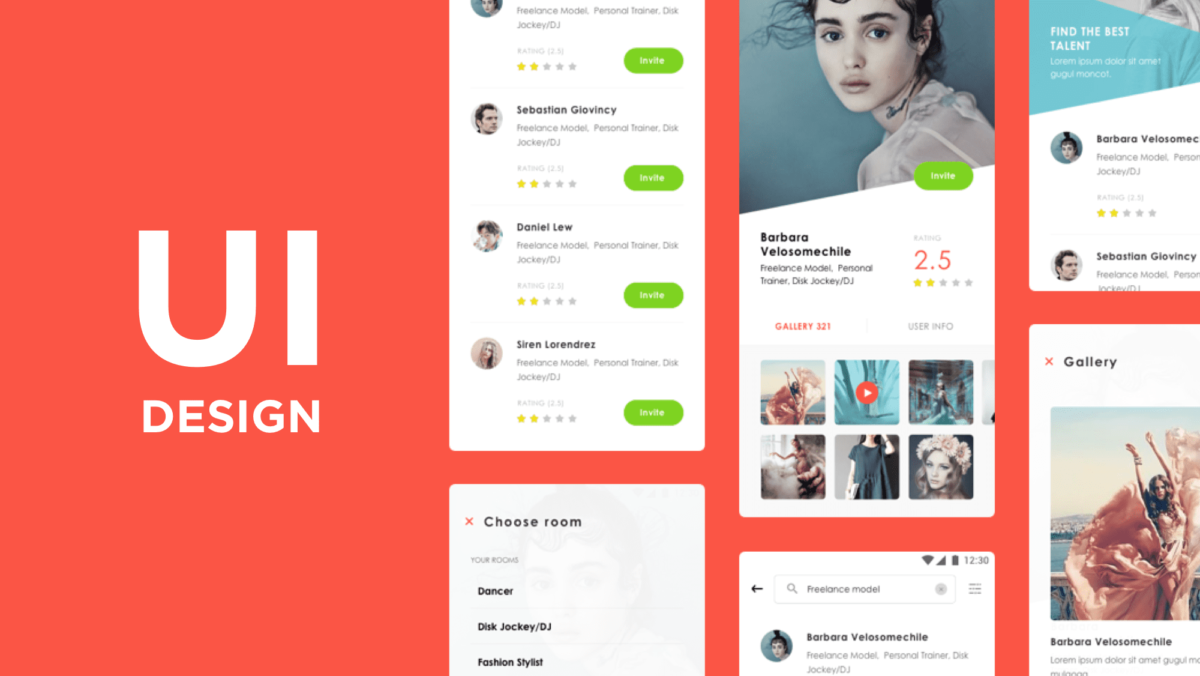
User interface (UI) is a tool for user-application interaction. Interface design requires detailed design of all elements to ensure maximum usability of the application.
The graphic UI designer works closely with the UX designer. Therefore, in addition to graphic design skills, he must understand the principles of UI / UX, responsiveness and web development. A professional UI designer must be proficient in programming languages: HTML, CSS and JavaScript. Often, when developing a web resource, a designer uses ready-made solutions in his work – templates (sets of UI elements or a full-fledged template for the site). They allow you to speed up the design process, saving the designer time. Such website design templates are developed by the same designers, working out the maximum flexibility of the elements. Templates have a common structure, the details of which you can modify to adapt the template to the set of requirements for the project.
Graphic design of publications
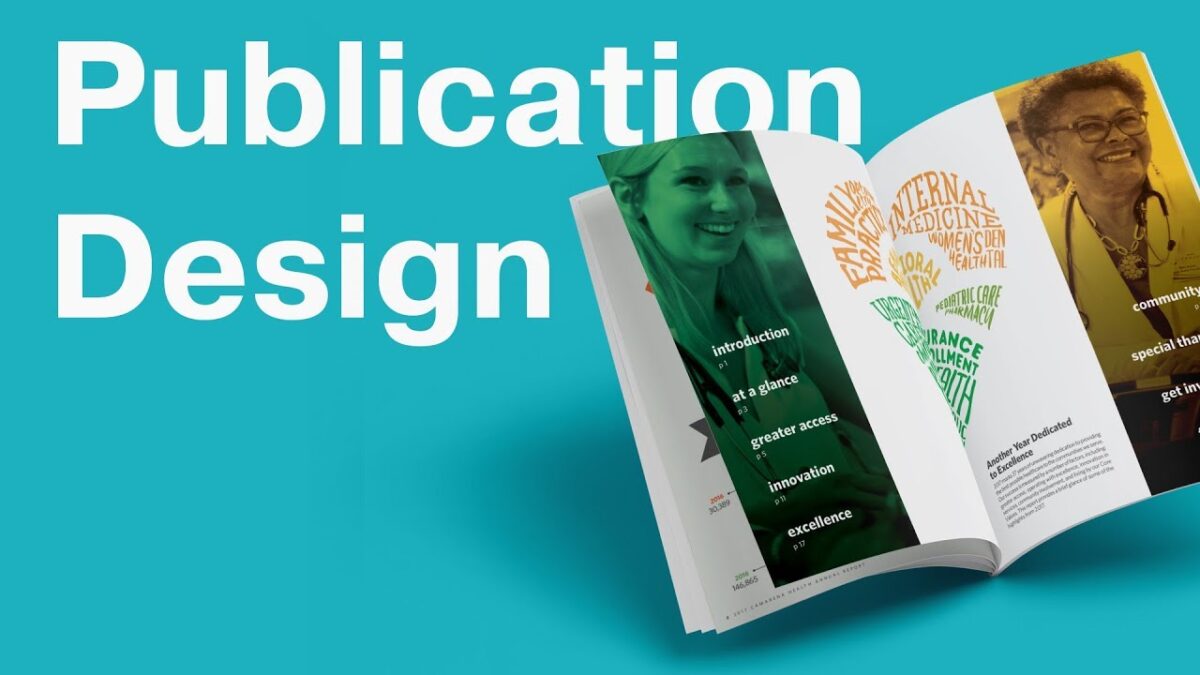
Publications are lengthy ads to communicate with audiences that are traditionally broadcast through print media. These are books, newspapers, catalogs, magazines and other journalistic products. Digital assets have similar forms of communication that also require design and development.
Graphic designers of publications work primarily with layouts. But the work also includes the creation of typography, processing of photographs and illustrations. A big role is given to fonts and other features of the text. You can create the style of publicistic products on freelance, as part of a design agency, or by working for a specific brand.
The publishing designer should have organizational skills and schematic design thinking. It’s important to be able to manage color and properly prepare a project for printing or publishing in a digital environment.
Graphic design of packages

Most products of any group require packaging for storage, identification and sale. Packaging design is directly related to the consumer and can determine the final purchasing decision. A box, bottle, bag, container, or crate is a valuable marketing tool that must be attractive.
Packaging designers start with the concept and complete it after printing the final packaging product. Therefore, in addition to graphics, the designer needs to understand the basics of marketing and industrial design. Typography, photographs, pictures and brand identity elements can be involved in creating the appearance of the packaging.
Graphic motion design
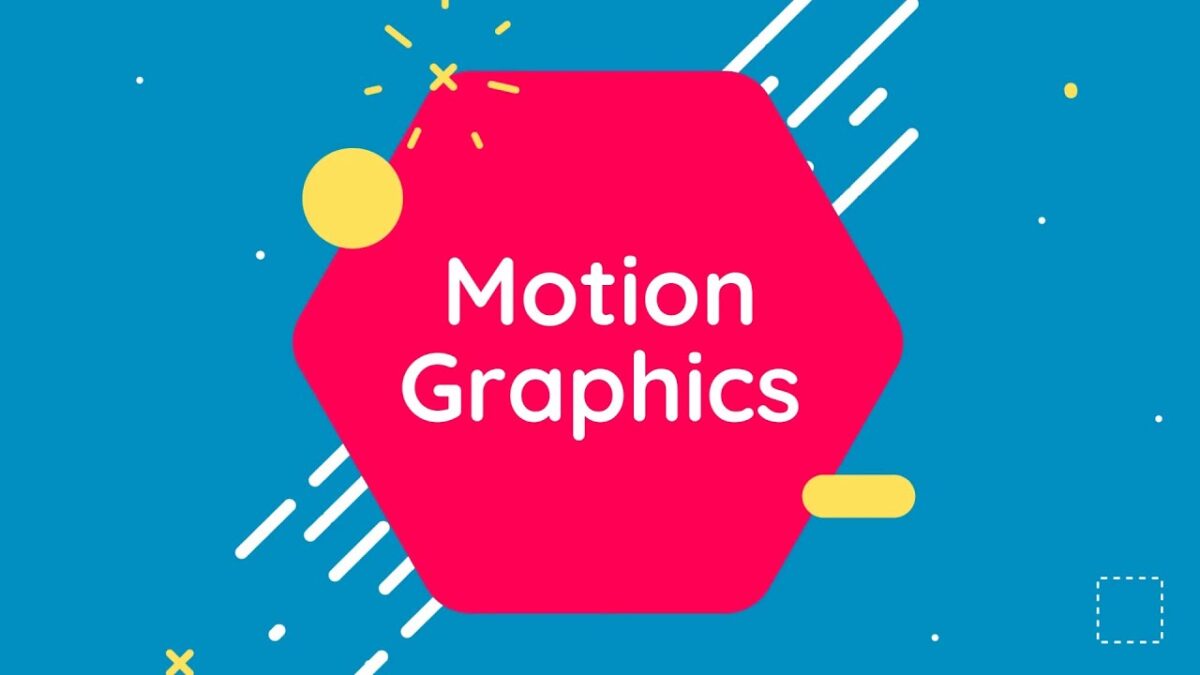
Motion design is graphics that are in motion. Motion design projects can include animations and video effects, photographs and pictures, typography and three-dimensional objects. This type of graphic design is used only in the digital environment: web content, television, cinematography.
Motion graphics are relatively new to designers. Previously, there were only television and cinematography specialists in this area. Today, motion graphics are used in advertisements, presentations, interfaces, video infographics, and other digital projects. New areas of application of motion design are found every day.
Environment graphic design
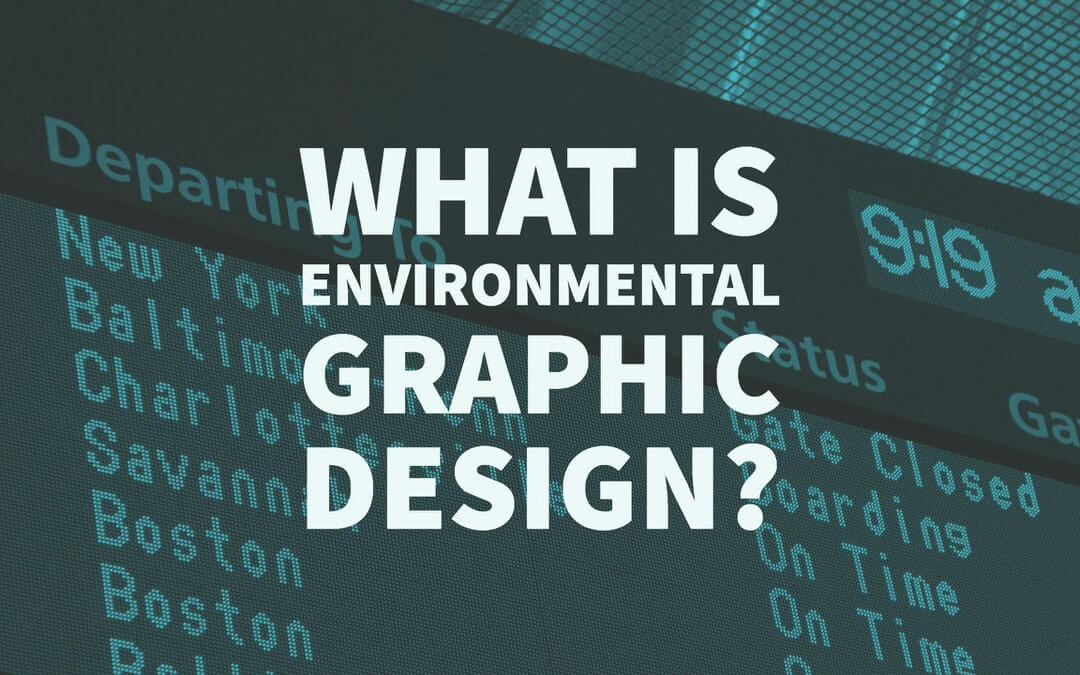
This type of graphic design is dedicated to the stylization of the environment, the environment in which the audience is located. It connects people with their surroundings, increasing their degree of trust, informational content or involvement. Therefore, graphic design of the environment can act as a marketing tool, simplify navigation through the retail space, or keep the audience’s attention.
Art and illustration in graphic design
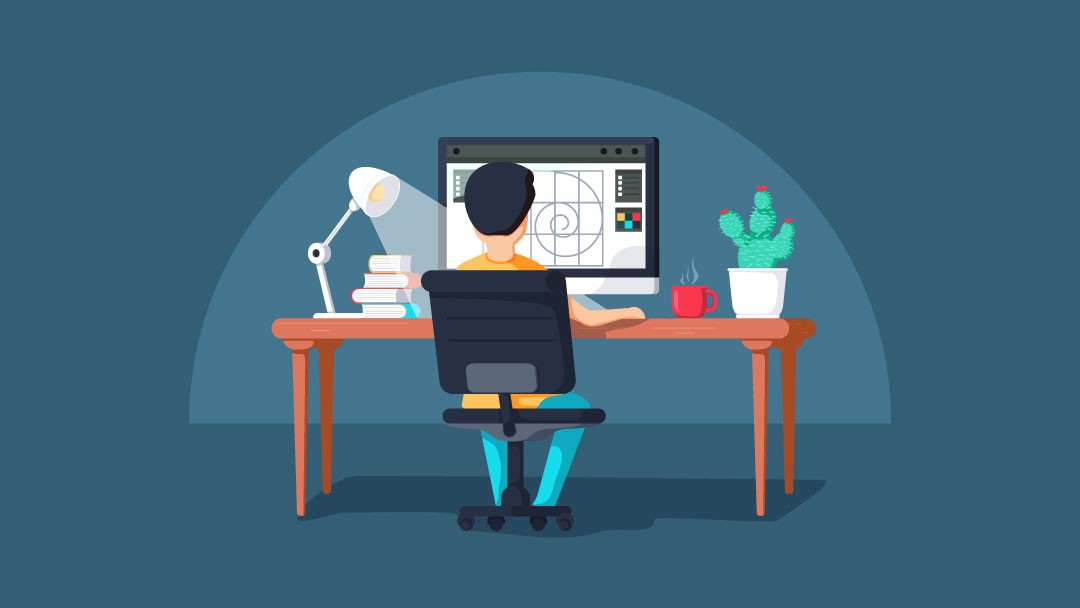
Designers create compositions from ready-made elements, or create new forms, styles, layouts. Illustrators create original works of art that can take any form from fine art to book illustrations.
Almost every graphic design project today uses unique illustrations created by artists. The combination of these areas is especially useful for commercial projects that are trying to differentiate themselves from the competition. The audience will immediately see unique art in branding or packaging design, which will increase their engagement.
